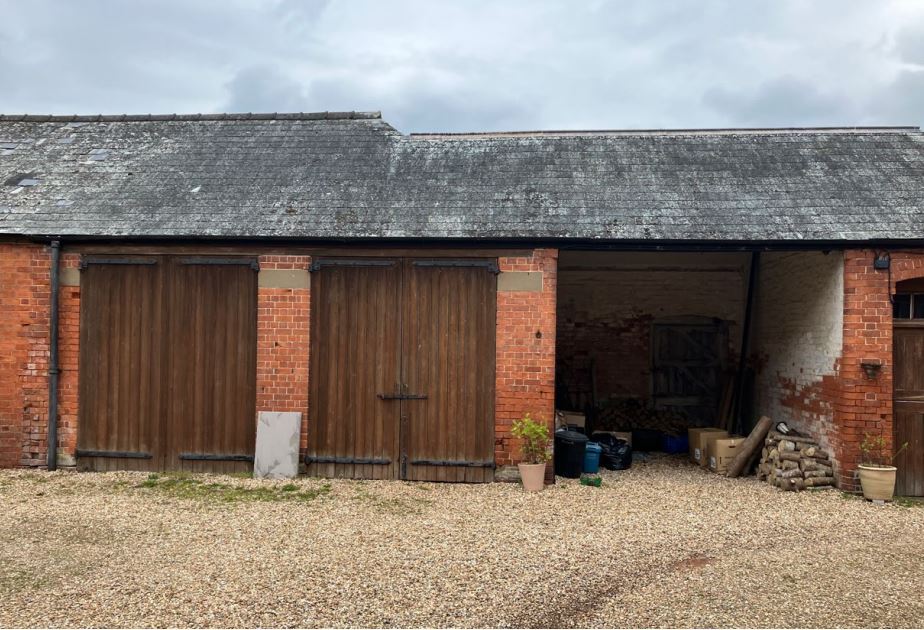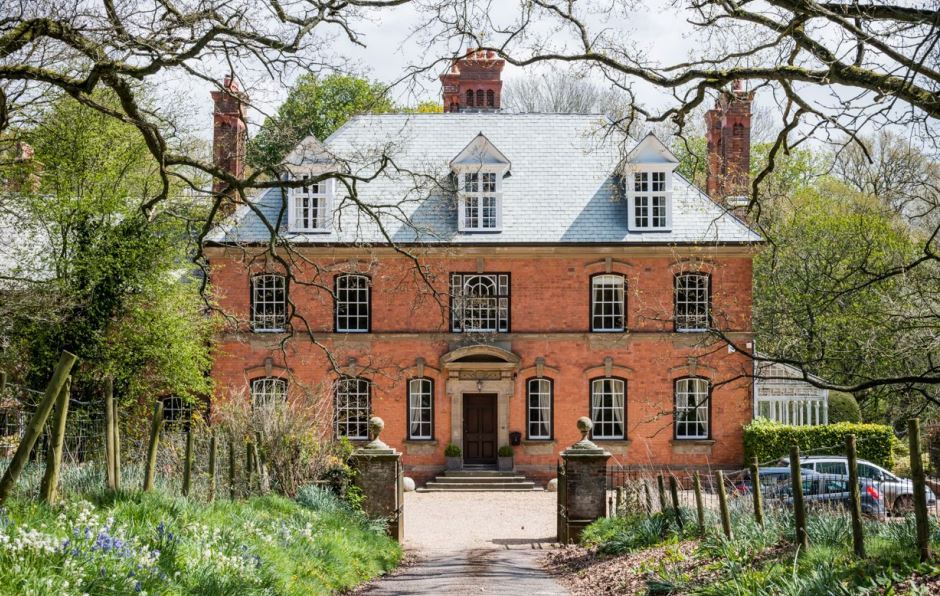NEW slates can be used to re-roof a garage in the grounds of an historic grade II listed mansion after months of deliberation.
An application for listed building consent was submitted to Monmouthshire County Council in August last year seeking approval to replace slates at risk of crumbling on the outbuilding at Tal-y-Coed Court, Llantilio Crossenny.
The council’s planning department approved the application this month having considered it for five months.

Tal-y-Coed Court is described as a substantial grade II listed Victorian mansion, built in 1882 and designed by FR Kempson in Queen Anne style. It is considered “a fine historicist essay in the Queen Anne Style” and “one of the earliest examples in Wales” and its registered gardens and park are also grade II designated.
Historian, archaeologist and soldier Sir Joseph Alfred Bradney, who penned the multivolume A History of Monmouthshire from the Coming of the Normans into Wales down to the Present Time, lived at Tal-y-Coed Court. He died, aged 74, in 1933.
It is now split into four private dwellings, two in the main house that’s original architectural character is considered to remain “virtually intact”, and a further two in its adjacent wings. The long coach house subject to the application is to the north of main house.
The roof of the garage is leaking and applicant Mr J Morgan proposed replacing its slates with the same type used when the roof of the main house was replaced in 2015. Only half of the roof will be replaced due to a split in ownership.
Attempts were made to find the source of the existing slates, thought to be either north Cornwall or Pembrokeshire.
The application stated there are no working slate mines left in Pembrokeshire and the colour of the slate mined in north Cornwall, from the Delabole mine, was discounted as the slate was not thought to be a good colour match with the existing slate.
As part of the application seven slate types were considered before it was decided on Fesco Lake Green slates which have been approved.


















